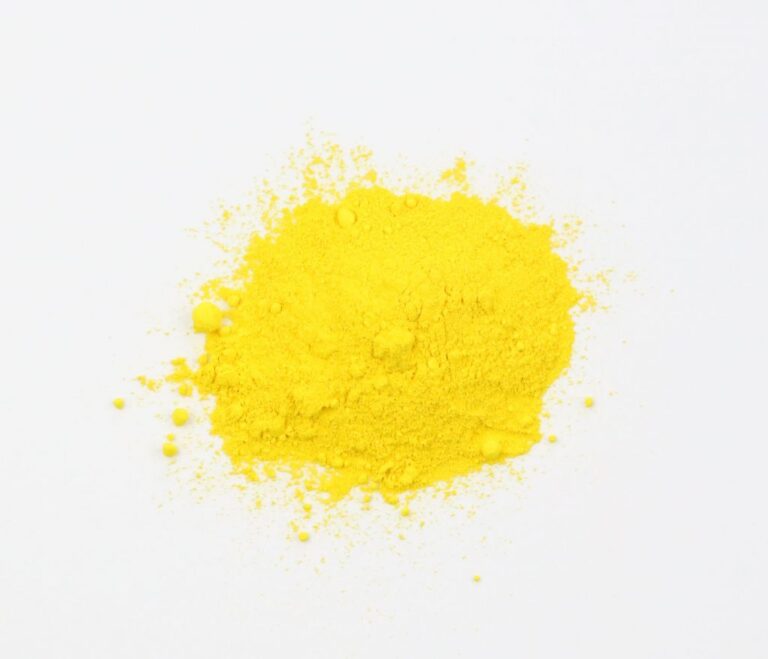
Yellow Pigment
Indian yellow was widely used in Indian art, cloth dyeing and other products. It was noted for its intense luminance and was especially well known from its use in Rajput-Mughal miniature paintings from the 16th to the 19th century. It may have also been used in some wall paintings. The pigment was imported into Europe and its use is known from some artists including Jan Vermeer who was thought to have used Indian yellow in his Woman Holding a Balance (1662-1663). Indian yellow pigment is claimed to have been originally manufactured in rural India from the urine of cattle fed only on mango leaves and water. The urine would be collected and dried, producing foul-smelling hard dirty yellow balls of the raw pigment, called “purree”. The process was allegedly declared inhumane and outlawed in 1908, but no record of these laws has been found

